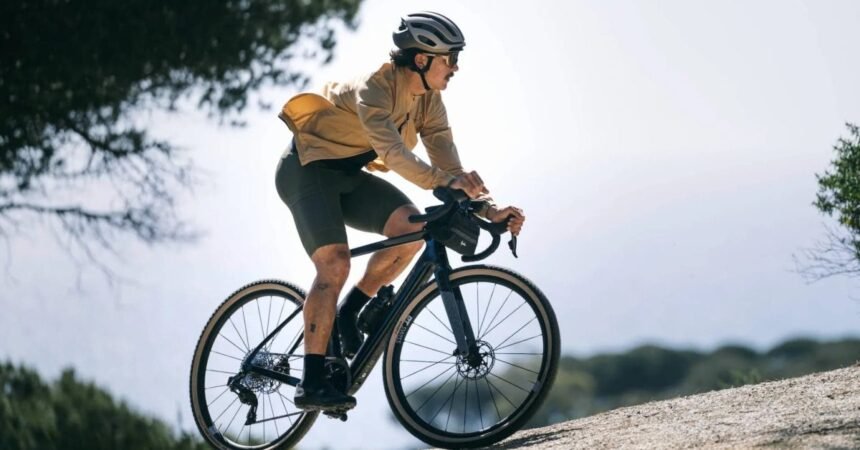The latest innovation in the e-bike world comes in the form of the TQHPR40 motor, which has been hailed as the lightest and most efficient motor on the market. This cutting-edge motor is now being featured on more road and gravel e-bikes, including the newly announced E-ASTR from Ridley.
Ridley’s E-ASTR is designed to bring lightweight electric assistance to its already impressive ASTR gravel platform. The TQHPR40 mid-drive system adds just 1.17 kg at the crank and a discreet 1.46 kg and 290 Wh battery hidden within the downtube, maintaining the frame’s sleek silhouette. With only subtle visual cues like a slightly fatter downtube and internal cable routing, the E-ASTR blends in seamlessly with non-electric bikes.
While the HPR40 motor may not deliver the same power as larger motors, it offers a modest 40 Nm of torque and up to 200W of assist, providing a smooth ride experience without overpowering the rider. The support cuts off at 25 km/h, ensuring natural pedal responsiveness. Paired with the ASTR’s race-inspired geometry, the E-ASTR promises sharp handling and comfort suitable for modern gravel routes.
Ridley offers the E-ASTR in three spec levels, catering to different preferences and budgets. From a value SRAM Apex XPLR AXS build to a top-tier Shimano GRX 2×12 Di2 model, each version features high-end components and industry-standard gravel brakes and tires. With its race-ready frame and lightweight e-assistance, the E-ASTR aims to provide high-performance without overshadowing the rider.
The rise of ultra-lightweight motors like the TQHPR40 is revolutionizing the e-bike industry, making electric assistance nearly invisible in both appearance and feel. These minimalist systems offer just enough support for riders who want to maintain a natural pedaling experience while getting a boost on climbs or longer rides. The result is a new wave of stealthy, high-performance e-bikes that enhance the ride experience without replacing effort.
In conclusion, the E-ASTR and other e-bikes featuring the TQHPR40 motor are paving the way for a new era of performance-oriented e-bikes that prioritize ride dynamics and seamless integration. With advancements in motor technology, riders can enjoy the benefits of electric assistance without sacrificing the thrill of traditional biking.







